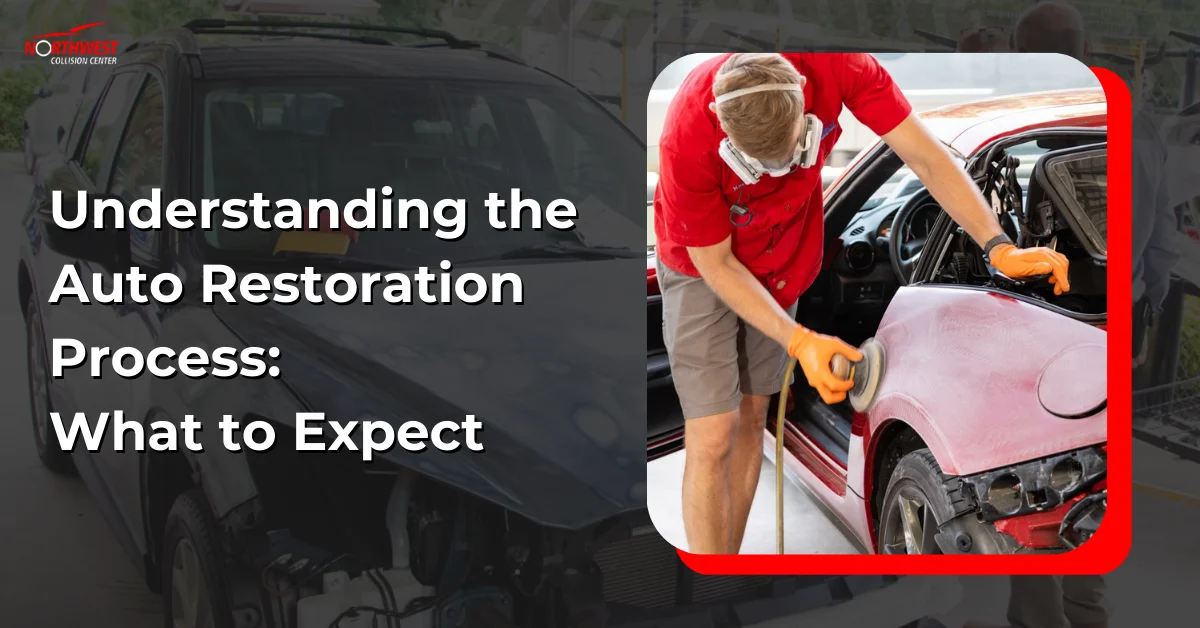With the rise of technology has come great advancements in all sorts of machines and gadgets. Electric vehicles are one of these technological advancements which have boomed in recent years. And as their prices drop with growing competition, electric vehicles are becoming much easier for people to attain.
A lot of known automakers such as Tesla, Nissan, BMW, Volkswagen, Mitsubishi, and Hyundai have released various models of EV to reach a wider range of customers. A lot of people have already been using them, but there are still speculations about the effectiveness and safety of using an electric vehicle.
A lot of people have been asking if electric vehicles are safe. There are of course some risks on safety when using electric vehicles because of its power source, but manufacturers are trying to develop and improve EVs for the better.
Are Electric Vehicles Safe?
In general, the possibility of your electric vehicle bursting and catching fire is much lower than regular cars. According to studies the probability of an electric vehicle bursting into flames in the event of a crash is 2.6%, while the probability for normal vehicles is 4.4%. This study was conducted between 1993 and 2013.
Here are the key points to measure the safety of your EVs and know for certain if electric cars are safer than petrol cars:
1. Safety Metrics
The surest way to measure the safety of any vehicle is to determine the probability of it sustaining various types of damage during crashes and accidents. There were actually a number of EV crashes in earlier years that resulted in the cars catching fire. This led the public to believe that all electric vehicles are easily combustible, so many opted not to buy one. But it was proven that the cars bursting into flames was the result of other factors, unrelated to the EV engine, which have since been resolved.
Another way to measure if electric vehicles are safe is to find out how well they can protect occupants from severe injuries during a crash. This includes side impact, front impact, and rear impact. Studies have shown that electric vehicles have the same level of performance as petrol vehicles when it comes to side impact, but perform even better with front and rear impacts.
2. Flammability
The main sources of power for electric vehicles are Lithium-ion batteries. These types of batteries are known to be flammable because they contain liquid electrolytes that can overheat with prolonged exposure to extreme conditions. Li-ion batteries are also prone to short-circuiting when damaged. These short circuits can also cause fire.
However, as dangerous and flammable as lithium-ion batteries certainly are, it is nothing compared to the flammability of gasoline. In cases when electrical vehicles catch fire because of damaged Li-ion batteries, the fire is usually limited to the area where the batteries are, making it easier to extinguish. With vehicle accidents resulting in gasoline spillage, the fire tends to spread to other parts of the vehicle and may even engulf whole car. This results in a much more dangerous accident and rescue operation.
EV designers developed a way to prevent overheating and battery combustion. In order to keep electric vehicles from overheating, the EV batteries should be covered by protective cooling films filled with cool liquid from the vehicle’s radiator.
3. Safety Advancements
Protecting the battery with an external safety aluminum plate as a fire protection measure is considered to be one of the best safety advances ever made for electrical vehicles. Some EV designers have made innovations with this idea. Volvo, for example, has designed their battery array to be located farther from the passenger seat compartment, making it safer for passengers.
Studies show that the reason why electric vehicles are safer is because the probabilities of passenger injury during crashes are lower with electrical vehicles than with petrol cars. But when it comes to the cost of repairs and replacements after the accident, electric vehicles are more costly than petrol cars.
Are Electric Vehicles Safe in Floods?
Because electric vehicles are, of course, powered by electricity, many people assume that it is not safe for EVs to be used in deep water. However, electric vehicles are actually perfectly safe in floods because their batteries are completely sealed. You can rest easy knowing that electrocution is not a problem with these cars. Now that you know that electric vehicles are proven to be safer than petrol cars, you must know how to properly take care of it in any condition. In the event of a car crash or any accident that may cause your electric vehicle to be damaged and in need of quality repair or replacement, visit Northwest Collision Center, the best auto body repair shop in St. Petersburg, FL. We will take care of your vehicle and have it back as good as new!










